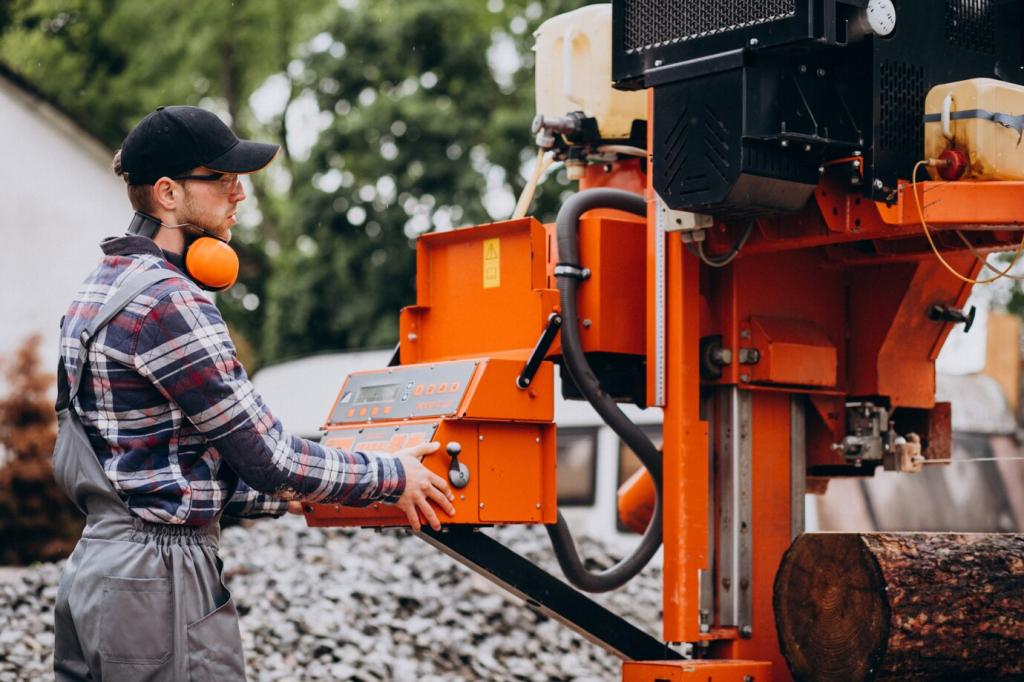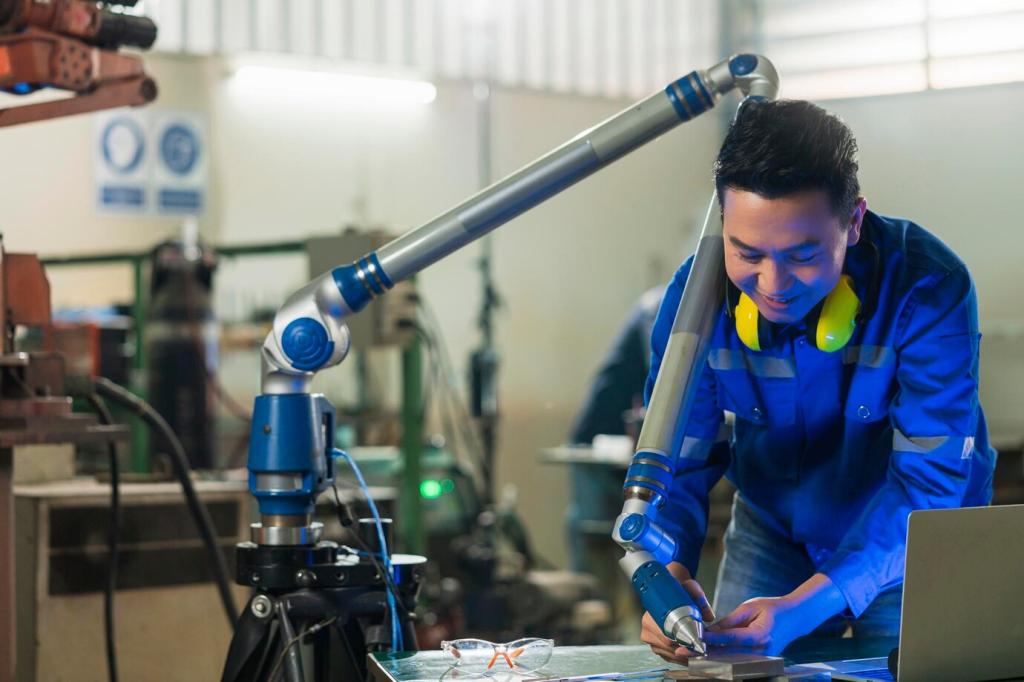Recycling and upcycling old furniture is an innovative and eco-friendly way to breathe new life into items that might otherwise end up in landfills. Not only does this approach help reduce waste, but it also offers unique opportunities for creativity and self-expression in home décor. Whether you’re looking to restore a well-loved antique, repurpose a worn-out dresser, or simply find a sustainable alternative to buying new, recycling and upcycling furniture can revitalize your living space while supporting environmental responsibility. This guide explores key aspects of the process, from environmental benefits to creative techniques and practical tips for success.

Reducing Landfill Accumulation
Every year, vast quantities of furniture end up in landfills, taking up valuable space and contributing to a range of environmental problems. Many furniture pieces are made from materials that don’t break down easily, such as treated woods, metals, and various composites. These materials can persist in the environment for decades, leaching chemicals and releasing greenhouse gases. Recycling and upcycling initiatives provide an effective alternative, ensuring that old items are kept out of the waste stream and put to good use in new forms or as raw materials for other products.

Conserving Natural Resources
The production of new furniture requires significant natural resources, including wood, metals, plastics, and energy. By choosing to recycle old furniture or repurpose it into something new, individuals help reduce the ongoing demand for these primary resources. Upcycling, in particular, makes use of materials that are already in circulation, reducing the need for logging, mining, or manufacturing. As a result, this approach helps protect ecosystems, lower carbon emissions, and maintain the health of our planet’s natural resources for future generations.

Reducing Carbon Footprint
Furniture manufacturing, transportation, and disposal all contribute to carbon dioxide emissions and environmental degradation. Every piece of furniture that is diverted from landfills or spared from being manufactured new helps to cut down on these emissions. Upcycling old furniture requires considerably less energy than starting from scratch, and it also reduces transportation needs since often the process is local and personal. Recycling, too, minimizes the environmental impact by reclaiming materials and reducing the overall demand for energy-intensive production.
Creative Ways to Upcycle Old Furniture
One of the most exciting aspects of upcycling is reimagining an item’s function. For instance, an old wooden ladder can become a stylish bookshelf, or a sturdy trunk might be reborn as a coffee table with ample storage. By seeing the potential in a tired piece, you can create something both visually stunning and highly functional. This approach often leads to conversation-worthy additions to your home, which not only serve practical purposes but also tell a story of transformation and creativity.
Practical Tips for Successful Upcycling
A successful upcycling project starts with thorough preparation. This means inspecting the furniture for structural integrity and cleaning away any dust, old varnish, or grime that could affect the outcome. Careful sanding smooths surfaces and creates an ideal base for paint or finishes. Taking the time to make necessary repairs, such as tightening loose joints or replacing missing hardware, ensures the piece will be both beautiful and functional when finished. Investing this effort at the outset pays dividends in the final result.

